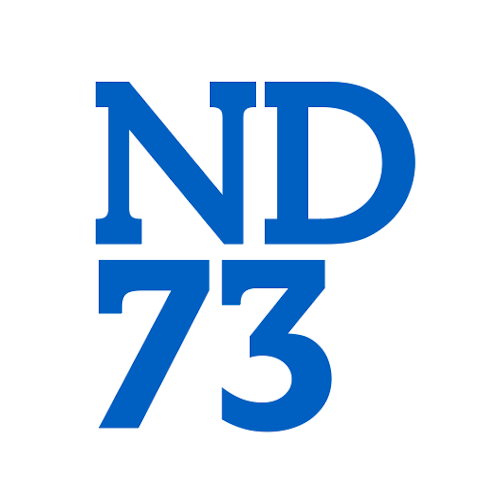F1 2011
Organisational Challenges: F1 2011
When I led the UX/UI team for F1 2011, it was a significant step in the evolution of the game series. The challenges we faced included:
- Transition to 3D UI: F1 2011 was my team’s first foray into designing a 3D interface. The previous version, F1 2010, was already highly praised, having won a BAFTA for Best Driving Game, so there was a lot of pressure to improve upon an already successful UI while maintaining what players loved about the experience.
- Incremental Changes: We needed to make incremental improvements to the UI that would enhance usability without disrupting the established gameplay experience. This was especially challenging since the goal was to keep the familiar elements from F1 2010 but adapt them into a 3D environment.
- Technical Constraints: Working with a smaller team meant we had limited resources, so every design change had to be both efficient and impactful. Additionally, creating the UI in 3DS Max was a technical challenge in itself, as we were crafting every element in 3D rather than relying on simpler 2D assets.
Solution: Simple & Intuitive 3D Update
To address these challenges, my team worked on updating the existing F1 2010 UI in a way that kept it simple and intuitive, while introducing 3D elements to create a more immersive and modern experience for players. The solution involved:
- 3D Interface: We transitioned the UI to a 3D environment, enhancing the visual experience and allowing for a more dynamic, immersive interaction model. This was a departure from the flat UI of F1 2010 but remained familiar enough not to alienate players.
- Iterative Improvements: We didn't overhaul the entire UI; instead, we made small, incremental changes to improve functionality and design. The focus was on refining the previous version rather than creating an entirely new interface, ensuring that the core usability remained intact.
- Intuitive Updates: Every change we made aimed at increasing the intuitiveness of the interface. This included adjustments to the layout, making the menus and HUD clearer and easier to navigate without cluttering the screen with unnecessary information.
- Use of 3DS Max: We utilized 3DS Max to create all of the UI elements, from the menus to the HUD, ensuring that the 3D interface was as polished and visually engaging as possible.
Outcome
- Successful Transition to 3D UI: The 3D UI was successfully implemented, and the changes were well-received by players. It provided a more immersive experience while retaining the core elements that made the original game so beloved.
- Enhanced Player Experience: The incremental updates led to a more intuitive and streamlined interface, making it easier for players to navigate through the game without feeling overwhelmed by overly complex menus or screens.
- Continued Success: While F1 2010 had been a BAFTA-winning title, F1 2011 was able to build on that success, introducing a modernized interface while maintaining the essence of what made the previous version great.
- Foundation for Future UI: The work on F1 2011 laid the groundwork for future iterations of the series, providing a scalable approach to implementing 3D UI elements in a way that could be expanded upon in later versions.
In conclusion, the F1 2011 UI project was a pivotal moment for the team, as we successfully transitioned to 3D while maintaining the usability and simplicity that players appreciated. The incremental updates helped elevate the game’s visual identity, enhancing the overall player experience without overcomplicating the interface.







